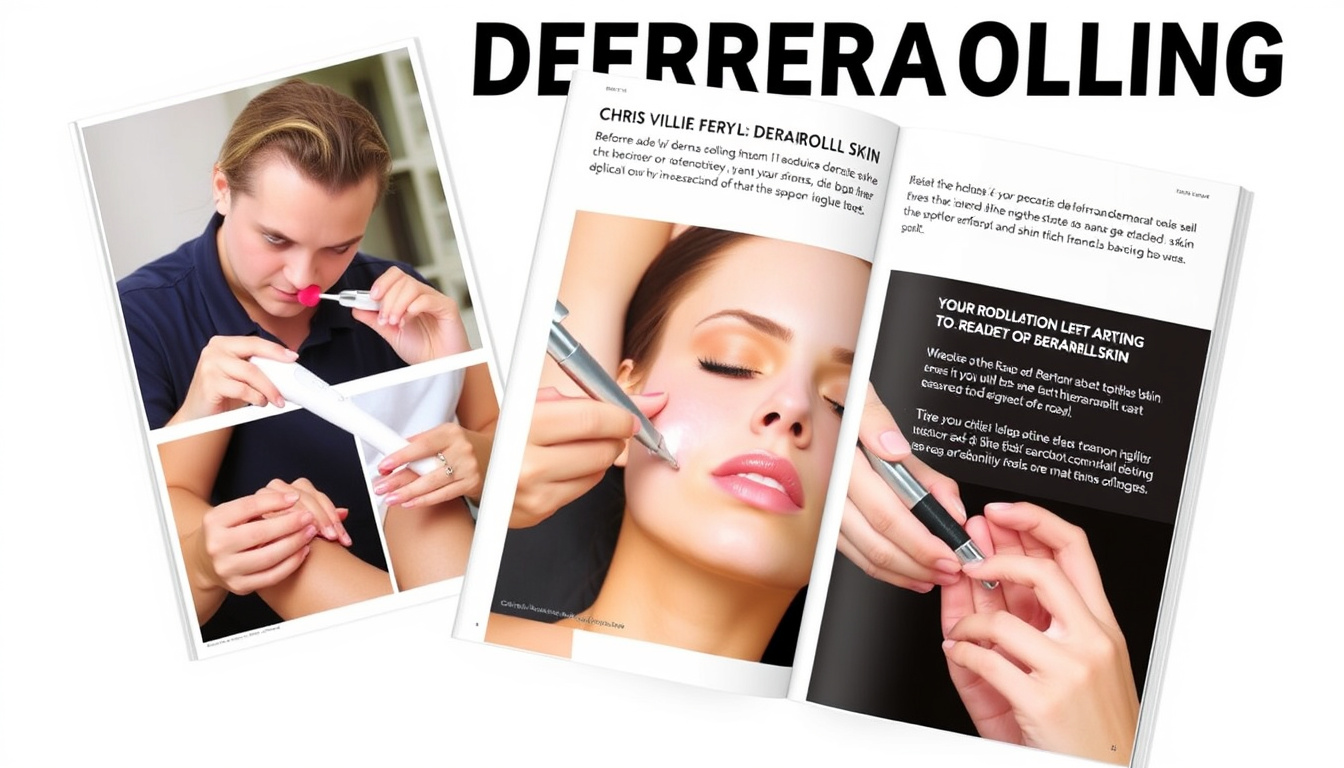
The quest for perfect skin is a long road. Many people try for clear skin. Some see good results, while others do not. Today, a method called dermarolling grows popular in skin care. It claims to lower scars and boost hair growth. What does the process do? Does it work as shown? In this guide, skin expert Chris Gibson shares his views. He has tested the technique many times.
What is Dermarolling?
Dermarolling, or microneedling, uses a tool with many tiny needles. The needles roll on the skin. They cause small marks that start the skin’s repair work. This repair makes more collagen and elastin. Both proteins keep skin firm and young. The method can smooth the skin, lessen wrinkles, and help serums work better.
The Science Behind the Needles
Chris Gibson says the tool makes a small wound on the skin. The wound pushes the skin to repair itself. This repair can bring changes such as:
- Better Texture and Firmness: Collagen grows, making skin soft and tight.
- Less Visible Scarring: New skin cells can fade marks from acne and stretch marks.
- Stronger Product Absorption: Tiny holes let serums sink in deeper, so they work more.
Gibson points out that results differ with each skin type and person.
Is It Safe and Does It Hurt?
Many worry about safety and pain. Gibson says many at-home tools are safe for different skin types. He advises that those with very sensitive skin or little pain tolerance should start with less pressure. In terms of pain, the feeling is mild. It is not like a tattoo. Gibson felt unsure at first. His fear went away as he learned the method.
Essential Tips for Successful Dermarolling
1. Choose the Right Needle Length
Not all dermarollers are the same. Gibson says different needle sizes meet different needs. Home tools usually use short needles (around 0.25 mm to 0.5 mm). They work for light skin issues. Longer needles should be used by a professional for tougher problems.
2. Use the Right Products
To get more from dermarolling, Gibson advises using good serums. Good choices include:
- Peptide Serums: They can boost skin stretch and support repair.
- Mixes of Azelaic Acid and Alpha Arbutin: They help even out dark spots on the skin.
He warns against mixing retinol and glycolic acid with dermarolling, as these may cause skin irritation.
3. Technique Matters
Gibson gives a simple method. Roll the tool lightly in horizontal, vertical, and diagonal lines over the area. Apply just enough pressure to make small marks without pain.
4. Consistency is Key
Results do not show up right away. Gibson says you may notice changes in two to four months if you stick to a routine. Results depend on your skin type and goals.
Final Thoughts
Dermarolling shows a neat way to care for your skin. It can bring good results when done with care. Know your skin and choose products that suit it well. Follow Chris Gibson’s clear tips and work on a steady routine. With time and the right care, your skin may grow more lively.